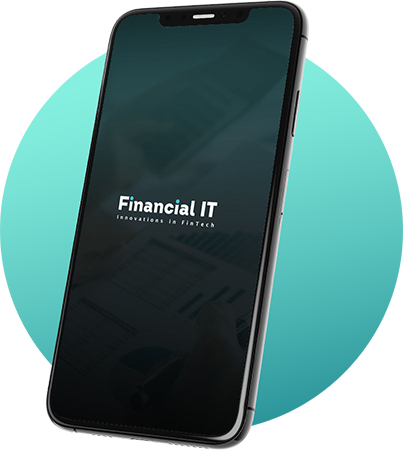Changing Consumer Preferences Drive Rise in NFC Payments

- David Valero Compte, VP Global Head of Enterprise Retail at Worldline
- 21.05.2025 02:30 pm #NFC #ContactlessPayments
New research and recent industry insights indicate a clear shift in consumer payment behaviour: contactless payments have moved from being an option to becoming the standard.
At this year’s MPE conference in Berlin, Mastercard’s Acceptance Lead for Europe, Marie Herbiet, noted that over 90% of in-person transactions across Europe are now contactless. This reflects a global trend, as NFC (Near Field Communication) payments grow exponentially worldwide across all card brands.
Contactless payments via smartphone, in particular, are seeing rapid uptake. Apple (iOS) and Google (Android) have both made significant investments in streamlining and promoting mobile payment functionality. In Ireland, the Central Bank reported that 63% of all contactless transactions were made using smartphones. Convenience is a major driver—phones are generally more readily available than wallets, and these payments bypass the need for PIN entry, making the checkout process quicker. In its own research Worldline, one of Europe’s largest payment technology companies, 69% of respondents preferred to use their smartphone to pay. Only 4% preferred cash.
The NFC Forum’s recent annual report further supports this shift, revealing that 82% of users now use their smartphones to pay. This trend cuts across age groups. Contrary to common assumptions, older consumers also embrace mobile payments, often finding them more convenient than retrieving a physical card.
On the merchant side, smartphones are increasingly being used to receive payments as well, thanks to the rise of SoftPOS (Software Point of Sale) applications. Both major mobile operating systems now support this functionality, enabling standard, what the industry calls, COTS (Consumer off the shelf) devices, smartphones to you and I, to function as payment terminals. This development is particularly beneficial for small and mobile businesses, offering professional-grade payment capabilities without additional hardware. In the UK, Visa reported a 234% increase in SoftPOS transactions in 2024, highlighting the growing traction of this solution.
NFC technology is also expanding beyond basic payments. New "Tap to..." functionalities are being introduced that enhance both security and convenience. For example, "Tap to Add" enables users to add a card to a mobile wallet simply by tapping it to the phone, confirming the physical presence of the card. "Tap to Verify" supports online authentication in a secure, contactless manner, offering a stronger form of customer verification. Other applications include "Tap to Activate" for confirming receipt of a new card, "Tap to Confirm" for approving high-value transactions, and "Tap to Send & Receive" for person-to-person fund transfers.
Hardware manufacturers are adapting to these global trends by creating devices optimised for the contactless experience. In the quick service restaurant sector, self-order kiosks now feature built-in NFC capabilities to accept contactless payments. These devices help improve the customer experience by integrating ordering and payment into a single touchpoint. At the same time facilitating improved productivity for the merchant. The self-checkout experience of the future will look quite different when the payment terminal is no loner required.
Retailers are also adding the contactless payment feature to their existing smart devices, such as handheld scanners and mobile checkout solutions. Many of these devices already offer NFC capability. Hence they can now process NFC payments thanks to SoftPOS technology.
As NFC and contactless technology continues to evolve, its adoption will only increase. With new use cases emerging and both consumers and merchants embracing the convenience and security it offers, contactless is clearly shaping the future of payments.



















